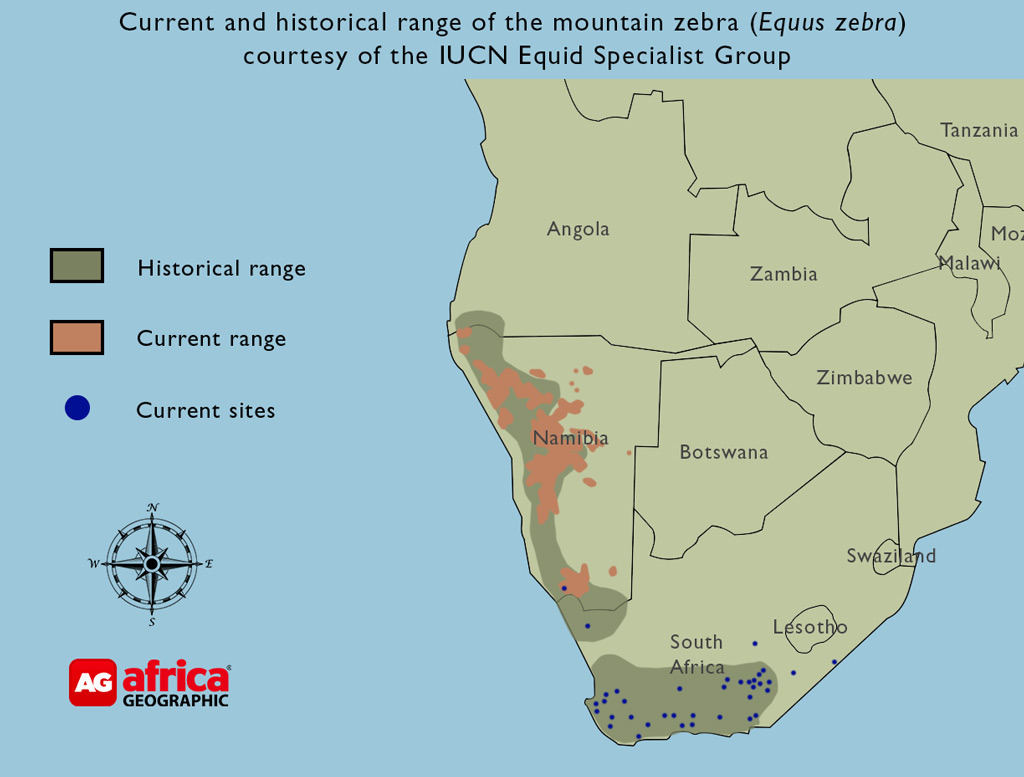PLAINS ZEBRA
Hi everyone, yesterday I forgot to post this so I’m doing it now
and if I manage to write Wednesday’s post I will post it this afternoon, if not
then tomorrow.
AREA'S WHERE ZEBRA'S ARE FOUND
This week we are looking at the zebra, a mammal they are found
in various countries across the African continent. Specifically, they
inhabit regions within Kenya, Ethiopia, Somalia, Namibia, Angola, and
South Africa. Different zebra species, like Grevy's zebras and Mountain
zebras, have more specific ranges within these areas, while Plains zebras are
the most widespread.
They look similar to horses. They stand between 47 and 55 inches
(120 and 140 centimetres) tall at the shoulder. Each species of zebra has its
own pattern of stripes. The plains zebra has broad stripes that are widely
spaced. The stripes of Grevy’s zebra are narrow and closely spaced, and the
belly is white. The mountain zebra has a grid like pattern of stripes on the
rump.
MOUNTAIN ZEBRA
Zebra stripes are like fingerprints. No two zebras are alike.
This helps to identify individuals.
They eat mostly tall, rough grasses. Some types also eat shrubs,
herbs, and bulbs. Unlike many ungulates in Africa, zebras do not require short
grass to graze. Instead, they eat a wide variety of different grasses,
sometimes even eating leaves and young trees. As a result, they can range more
widely than many other species, often venturing into woodlands. They are
considered to be “pioneer grazers” preparing plains for more specialized
grazers who rely on short, nutritional grasses.
GREVY ZEBRA
Zebras communicate with each other using calls and facial
expressions. They often greet each other with nose-to-nose contact. Plains
zebras have at least 6 different vocal calls. A two-syllable call is used to
alert herd members to predators while snorts indicate happiness. They also use
facial expressions to communicate. When greeting each other, they will stick
their ears up and push their faces forward. When feeling threatened, they will
press their ears against their heads.
Female zebras may have one foal each year. Females and their
young usually live in small family groups headed by one male. Thes groups are
called “harems.”. Harems generally remain together for months or even years,
making it an incredibly stable family unit.
But female Grevy’s zebras may form family groups without head
males. Family groups sometimes join together in larger herds. Zebras also may
form mixed herds with antelopes.
A male zebra is called a stallion. Female zebras are
called mares, and their young are called foals.
Every year, hundreds of thousands of zebras gather up their young and begin the long journey from Tanzania’s Serengeti plains, north to Kenya. This annual trek to find food and water covers a distance of around 2,900 kilometres (1,800 miles) and exposes them to a myriad of dangers. River crossings leave herds vulnerable to crocodiles, while the size of the migration itself brings lions, hyenas, and wild dogs.











What a handsome animal. And I do like their
ReplyDeletecommunication skills with other members of their herd
Their communication skills are amazing
DeleteThe ultimate in cool wild animals!
ReplyDeleteYep they are
DeleteAnother interesting creature Jo-Anne.
ReplyDeleteI thought so
DeleteZebra ... One of the most fascinating animals ...
ReplyDelete(My latest post: Day 8 - Shani Shingnapur and Shirdi)
I agree
DeleteI think they are the most beautiful of animals.
ReplyDeleteThey are
DeleteI never knew that a zebra's stripes were like its fingerprint, and I didn't know there was more than one type. Thanks, Jo-Anne!
ReplyDeleteI knew about the stripes but not how many different ones there are
DeleteThat is very interesting about no 2 zebra stripes being alike. Thanks for sharing.
ReplyDeleteYes it is
DeleteZebras are such beautiful animals. I like them very much.
ReplyDeleteThey are beautiful
DeleteWho knew there were so many different species of zebras? Such a unique and interesting animal.
ReplyDeleteI had no idea there were so many types
Delete